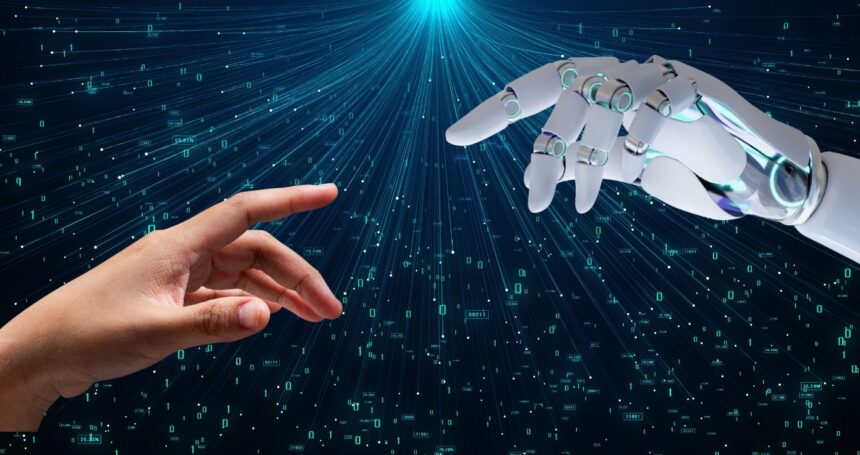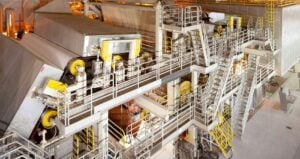Artificial intelligence has shifted from laboratory research to everyday reality. Businesses are automating customer service, factories are adopting machine vision, and financial firms are running predictive algorithms. This wave of change prompts one of the most persistent questions in modern economics, should we fear AI taking over jobs, or should we be excited about its potential to raise productivity and open new industries?
The answer is complex. AI can accelerate growth, reduce drudgery, and expand human creativity. It can also displace workers, shift the balance of income between capital and labor, and amplify inequalities if poorly managed. Readers who want to understand how AI is likely to influence careers, wages, and the broader economy will benefit from stepping back and examining the issue in full.
This guide provides an evergreen overview of what AI is doing today, where it is heading, and how workers, businesses, and policymakers might navigate the transition. It is not personalized career or financial advice, but a framework to help you interpret developments as they unfold.
Disclaimer: This article is for informational purposes only and does not provide personalized financial, legal, or tax advice.
What AI Really Means in the Workplace
AI is not a single technology but a set of approaches that allow machines to recognize patterns, make predictions, and sometimes generate new content. Narrow AI can handle tasks such as fraud detection or medical image analysis. General AI, which would mimic the full range of human cognition, remains speculative and distant.
Most of the disruption we see today comes from narrow AI tools embedded into business processes. Like, natural language processing makes chatbots effective in call centers, while predictive algorithms help retailers manage inventory. These tools do not replicate human judgment in full, but they can often outperform people on specific tasks that require speed, scale, or precision.
How AI Changes Jobs Instead of Simply Replacing Them
History shows that new technologies rarely eliminate entire categories of work overnight. The introduction of spreadsheets, for instance, did not erase accounting but changed the skills accountants needed. AI follows a similar pattern.
Jobs are reshaped as tasks are redistributed. Routine activities such as data entry, document review, and scheduling are prime candidates for automation. Higher-value tasks like relationship management, negotiation, and strategy remain firmly human. In many industries, AI will act as a co-pilot rather than a replacement, amplifying productivity.
This distinction matters. Workers who adapt and upskill can find their roles enriched, while those who cannot adjust may face displacement. The pace of change will vary across industries, with customer support, transportation, and logistics among the most exposed, and creative design, healthcare, and education likely to experience augmentation rather than elimination.
Economic Impact: Productivity, Growth, and Inequality
Economists debate how AI will affect the broader economy. On one hand, productivity gains from automation can raise output, lower costs, and boost living standards. A company that uses AI to streamline supply chains may deliver cheaper products while maintaining profits.
On the other hand, automation can redistribute income. If productivity gains primarily flow to the owners of capital rather than workers, inequality widens. This dynamic has already been visible in prior waves of technology where wages lagged behind profits. AI could deepen this pattern if not accompanied by investment in skills, retraining, and fair labor practices.
Another key uncertainty is the speed of diffusion. Past breakthroughs like electricity took decades to spread through the economy. AI adoption may be faster because digital systems scale quickly, but infrastructure, regulation, and organizational inertia will still act as brakes.
Examples Across Industries
Healthcare: AI supports radiologists by detecting anomalies in scans. Rather than replacing doctors, it acts as an early warning system, improving accuracy and efficiency.
Finance: Banks use AI to detect fraud in real time and customize credit decisions. Customer service bots reduce call center load, though human agents still handle complex cases.
Manufacturing: Machine vision enables quality control at high speeds. Robots can handle repetitive assembly tasks, but engineers and technicians are still needed for oversight and maintenance.
Creative Fields: Generative AI can draft marketing copy or create design concepts. Human creativity, judgment, and editing remain central, but the speed of production accelerates.
These examples reveal that AI is not monolithic. Its impact depends on context, integration, and how organizations choose to use it.
Trade-offs and Edge Cases
Not every application of AI is beneficial. Automation may erode job quality by fragmenting roles into repetitive monitoring tasks. Workers may lose bargaining power if companies use AI to track productivity minute by minute. Algorithmic bias can reinforce social inequities if training data reflects historical prejudices.
There are also edge cases where AI might replace entire functions. Self-driving trucks, if widely adopted, could upend the freight industry. Similarly, automated coding tools might reduce demand for junior programmers. Whether these scenarios materialize depends on technical reliability, regulation, and consumer acceptance.
Risks & Limitations
The risks are real. Job displacement can create concentrated pain in communities tied to vulnerable industries. Economic benefits may accrue unevenly, leading to political and social strain. Overreliance on AI systems could introduce fragility if models fail unexpectedly.
Limitations also persist. Current AI struggles with reasoning, long-term planning, and nuanced human interaction. It consumes large amounts of energy and requires vast datasets, which raises sustainability and privacy concerns. Despite headlines, the technology is far from infallible or universally applicable.
Implementation
The most constructive step is to invest in adaptable skills. Data literacy, critical thinking, and interpersonal abilities will remain valuable even as technical tasks shift. Lifelong learning is not optional in an economy where the skill mix changes quickly.
The question is not whether AI can replace workers, but how it can augment teams. Firms that balance efficiency with responsibility may build stronger brands and retain talent more effectively.
The task is to ensure that growth does not leave communities behind. Retraining programs, portable benefits, and safety nets will shape whether AI strengthens or weakens social cohesion.




















